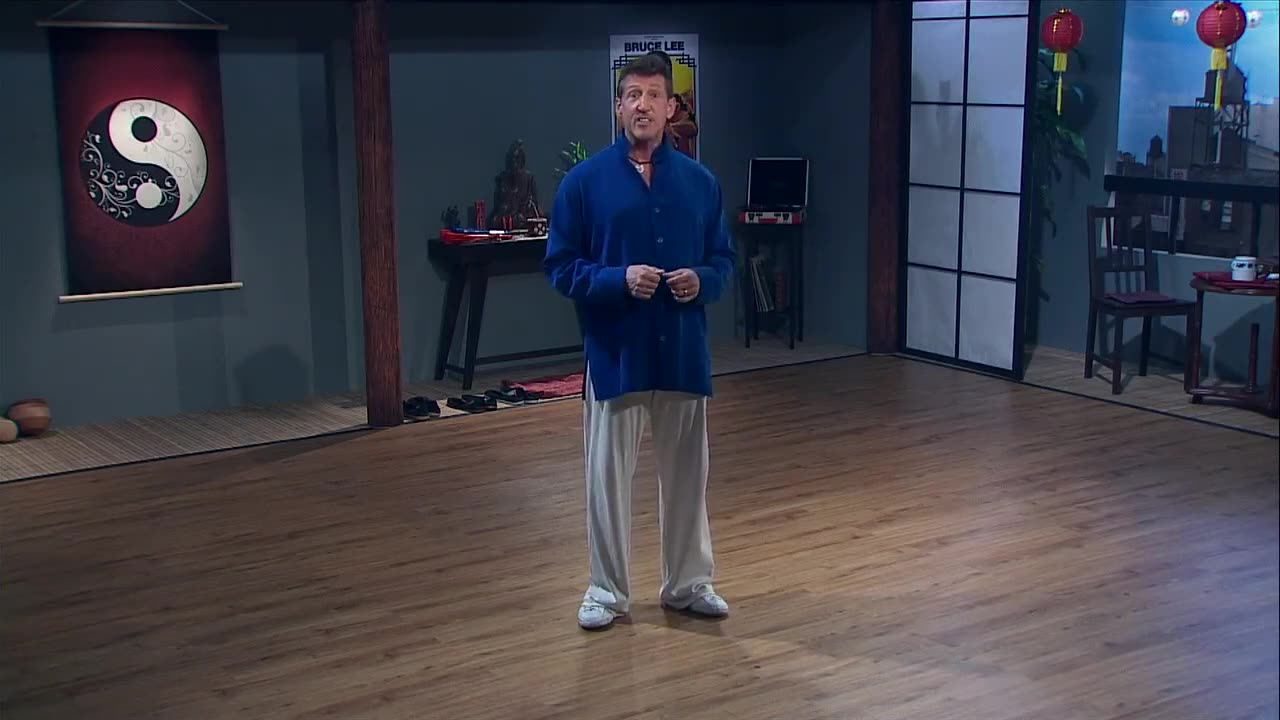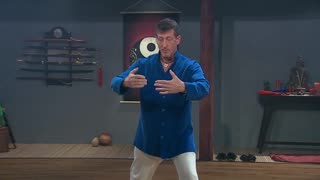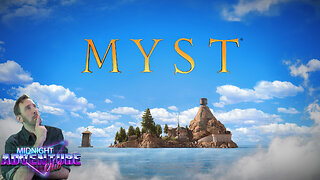Premium Only Content

1 The Path toward Mastery
The Path toward Mastery
In this lecture, we’ll get acquainted with the overarching principles of tai
chi. Rather than being a strictly physical martial art, tai chi relies on a
combination of the mental and the physical to create a harmonious set
of movements. We’ll also touch on the tai chi routine we’ll be working on
throughout the rest of this course.
Introducing Tai Chi
● Tai chi means “harmony,” the best thing in the universe. Tai
chi chuan is the “secret” art of harmony. Harmony has many
benefits, including health, longevity, creativity, self-protection,
self-confidence, success, and relationship benefits. The ultimate
goal of tai chi is to achieve a lifestyle of harmony, balance, and
inner peace.
● Tai chi has a rich tradition of organizing principles. These principles
originally passed orally from teacher to students. Eventually, they
were written down and collected into the tai chi classics.
Principles of Tai Chi Chuan
● Tai chi chuan (also known as taijiquan) is a beautiful Chinese
moving meditation, self-development philosophy, and martial
art that is practiced all over the world by people in almost every
country and culture. How is it that all these people can practice it
so consistently and with relative uniformity? The answer is that tai
chi is based on a definite set of organizing principles, universally
recognized by tai chi practitioners worldwide. ● The “authority” on these principles is called the tai chi classics, a
compendium of short essays and notes supposedly written by the
tai chi masters of the past.
● The principles of tai chi are the distilled teachings of the past
masters and creators of this art. They express not only the
organizing ideas for the physical structure of the movements,
postures, and martial techniques but also how to use tai chi for
personal development.
● All of tai chi—meaning reading the classics and practicing
the form—is both literal and metaphorical. It is external
and internal. And in both cases, the interpretation must be
practical and effective. There is a reason that tai chi is called “a
living philosophy.”● When you read the classics, read it with an interpretation that
substitutes “life situation” for “opponent.” Or better yet, remember
that the most challenging opponents you will ever meet are your
own doubt, fear, and prejudice.
● The remarkable thing about tai chi is that it is philosophy for the
whole person. We learn this philosophy with our bodies by learning
the movements of the tai chi forms.
Getting Started
● The tai chi forms introduce you to basic principles through
the agency of your body, as well as your thinking mind. Such a
principle as “alignment” can mean many things, both literal and
metaphorical. But tai chi takes the approach of giving you a chance
to experience alignment—feeling it in your body, comparing
that feeling to the feeling of misalignment, and finding out the
consequences and side effects of misalignment.
● The forms are also a rehearsal method, a portable classroom that
you take with you wherever you go. They come in various lengths,
styles, and levels, from easy to advanced. The routine we are
learning in this course is known as the Yang style 40 form.
The Bow Step
● The first basic position to learn is the bow step. This is a lunge
position in which the front foot carries 60 to 70 percent of the body
weight, and the back foot carries only 30 to 40 percent of the body
weight. The toes of the front foot point straight forward; the toes of
the back foot turn in at a 45-degree angle. Both knees are bent,
softening the outer curve of the leg position and rounding the inner
thighs and groin. Finally, there is a “channel” or gap between the
two feet, as though you were standing with each foot on a separate
rail of railroad tracks.
● Each time you step out to create a new bow step, you will pay
attention to the roundedness of the legs, the weight distribution (we call this distinguishing empty and full), and appropriate
adjustment of the feet.
The T-Step, Empty Step, and Holding the Ball
● The next position is called the t-step. In this position, you are
essentially standing on one foot. The other foot is placed—toes
lightly touching the ground—right next to the supporting foot. From
below, this position is supposed to look like an inverted T.
○ In actuality, the t-step doesn’t really exist. It’s not a stance
or martial position. It represents a midway point during the
transition between many of the moves in the tai chi routine. It
is the most yin position between the yang of the previous and
upcoming techniques.
○ You can stop in the t-step to catch your balance or rest for
a split second, but most of the time, you glide through this
space on the way smoothly to the next step.
● The empty step is a foot position in which you stand on one leg,
similar to the t-step. Here again, all the weight is on one foot (called the full foot). The other foot (the empty foot) has no weight
on it. The empty foot is in front of the full foot, with the ball of the
foot lightly touching the floor.
● A basic position of the hands is a posture called “holding the ball.”
Like the t-step, this is a transitional posture rather than a final
position of an actual tai chi technique. In fact, you’ll often make
hold the ball above and form the t-step below at the same moment.
The position is created just as if you were holding a big beach ball
against your chest. The two palms face each other. The top arm
lines up with the collarbone, and the bottom arm lines up with the
top of the pelvis. The arms are held a bit away from the bottom to
make the position three-dimensional.
-
 30:22
30:22
Mastering Tai Chi
1 year ago12. Chest, Posture, And The Natural Curve
150 -
 1:22:33
1:22:33
Dialogue works
1 day ago $5.99 earnedScott Ritter: Putin Warns Europe: “We’re Ready Right Now”
39.7K36 -
 13:14
13:14
itsSeanDaniel
2 days agoIlhan Omar EXPOSED for LYING about Somalian Fraud
13.1K20 -
 1:52:46
1:52:46
Side Scrollers Podcast
20 hours agoNintendo Fans Are PISSED at Craig + Netflix BUYS Warner Bros + VTube DRAMA + More | Side Scrollers
82K5 -
 18:43
18:43
Nikko Ortiz
14 hours agoWorst Karen Internet Clips...
12K3 -
 11:23
11:23
MattMorseTV
15 hours ago $14.35 earnedTrump just RAMPED IT UP.
24.3K56 -
 46:36
46:36
MetatronCore
2 days agoHasan Piker at Trigernometry
12.2K2 -
 29:01
29:01
The Pascal Show
17 hours ago $3.84 earnedRUNNING SCARED! Candace Owens DESTROYS TPUSA! Are They Backing Out?!
17.8K14 -
 6:08:30
6:08:30
Dr Disrespect
19 hours ago🔴LIVE - DR DISRESPECT - ARC RAIDERS - FREE LOADOUT EXPERT
69.6K7 -
 2:28:08
2:28:08
PandaSub2000
1 day agoMyst (Part 1) | MIDNIGHT ADVENTURE CLUB (Edited Replay)
37.7K